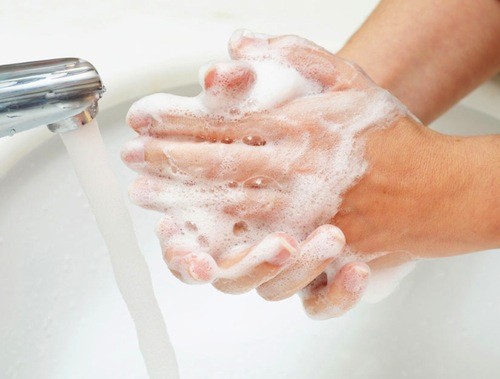Is your soap clean?
Many soap dispensers in public places are contaminated with potentially harmful bacteria. Washing with contaminated soap increase the concentrations on people’s hands and on the surfaces they touch. Refillable Bulk Soap Puts the Health of Washroom Users and the Image of Building Owners at RiskA recent study has shown that hands can have as much as 25 times more germs after washing with[..]



